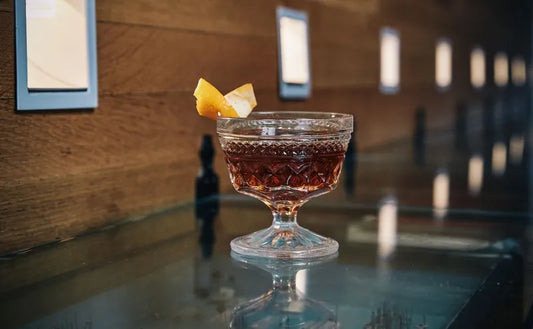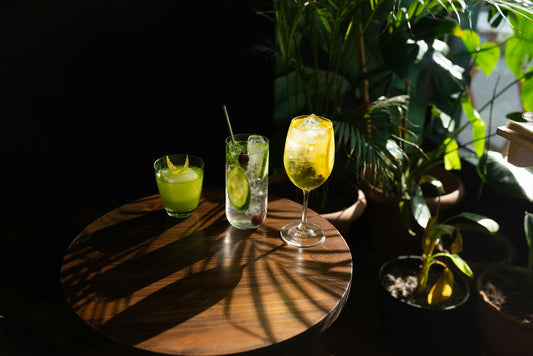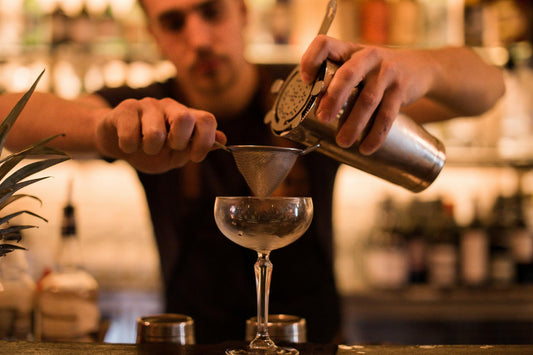The Dry Martini: A Classic Cocktail of Sophistication & Taste
SWEET to SOUR
(1-10)
STRENGTH
(1-10)
CALORIES
STANDARD
DRINKS
Note: these values are approximate and may vary dependent on the ingredients and brands you use.
More information...
The Dry Martini, particularly in its classic 10:1 ratio, stands as a paragon of cocktail culture, embodying sophistication and simplicity in equal measure. This iconic drink, often associated with the suave demeanor of James Bond, is a staple in bars around the world, celebrated for its crisp flavor and elegant presentation. The Dry Martini is not just a drink; it is a statement, a ritual, and a symbol of refined taste.
At its core, the Dry Martini consists of just two primary ingredients: Hayman's London Dry Gin and Strucchi Dry Vermouth, with the optional addition of a dash of Angostura Orange Bitters. The gin, with its botanical notes and juniper-forward profile, serves as the backbone of the cocktail, while the vermouth adds a layer of complexity and a hint of herbal sweetness. The 10:1 ratio, which means 10 parts gin to 1 part vermouth, emphasizes the gin's bold character, making it a favorite among those who appreciate a strong, spirit-forward drink.
The preparation of a Dry Martini is a ritualistic process that enhances the overall experience. First, one must select and pre-chill a Martini glass, ensuring that the drink is served at the optimal temperature. The garnish, typically a Fragata Green Olive or a twist of lemon peel, is prepared in advance, adding a visual appeal and a burst of flavor that complements the drink. The ingredients are then stirred with ice, a method that is often debated among cocktail enthusiasts. Some purists argue that stirring is essential to maintain the clarity and smoothness of the drink, while others prefer shaking for a more aerated texture. However, for the Dry Martini, stirring is the traditional method, allowing the flavors to meld without diluting the drink excessively.
Once the ingredients are well-chilled and combined, the mixture is fine strained into the prepared glass, resulting in a crystal-clear cocktail that glistens under the bar lights. The final touch is the garnish, which not only adds a pop of color but also infuses the drink with additional aromatic notes. The olive provides a briny contrast to the gin's botanicals, while the lemon twist offers a zesty brightness that elevates the overall flavor profile.
With an alcohol content of approximately 2.5 standard drinks and around 180 calories, the Dry Martini is a potent yet deceptively light cocktail. Its taste profile leans towards the dry side, with a subtle sweetness from the vermouth and a refreshing finish that leaves the palate clean. This balance makes it an excellent choice for various occasions, from formal gatherings to casual evenings at the bar.
The Dry Martini's allure extends beyond its taste; it is steeped in history and cultural significance. It has been the drink of choice for countless literary and cinematic characters, symbolizing sophistication and a certain level of bravado. The cocktail's enduring popularity speaks to its versatility and the timeless appeal of a well-crafted drink. Whether enjoyed in a bustling city bar or at a quiet dinner party, the Dry Martini remains a classic that continues to captivate cocktail lovers around the globe.



